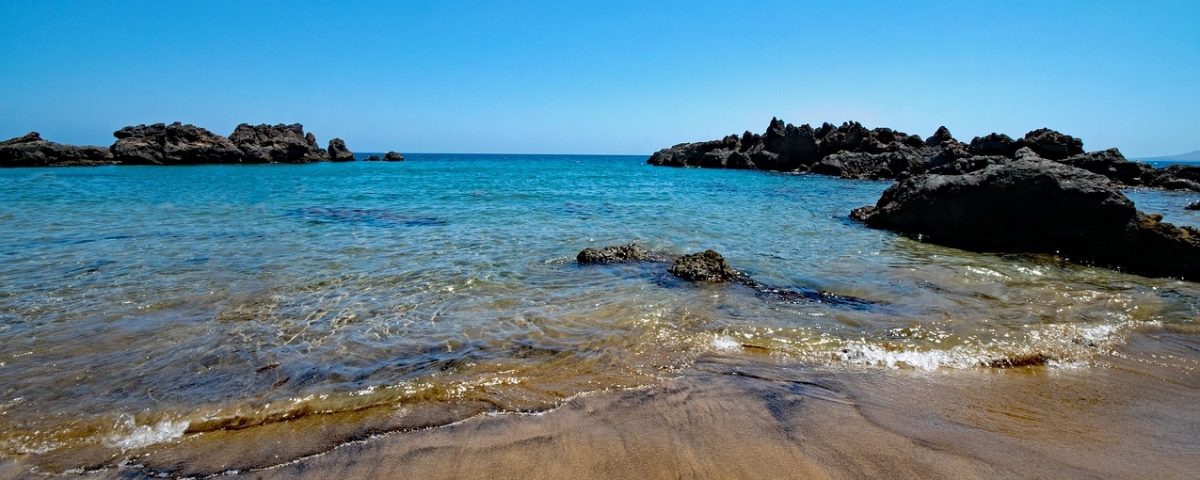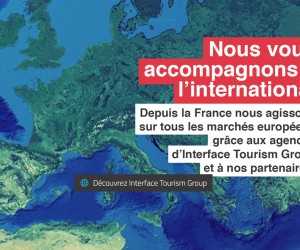Should we pack our luggage?
Should we pack our luggage?
At the beginning of 2017, when the summer season was still too far away, the main travel agencies were asking us the question: “And you, how much money do you plan to spend on your next trip?” The results of these surveys already set the trend of this year: according to Tripadvisor, 67% of Spaniards thought of spending the same amount of money as the previous year, and more than 18% would invest more in their trips.
In addition to this, over a third of the population dared to assure that they would only travel abroad, and another 38% said that they would travel both around Spain as well as to an international destination. These data were and are highly revealing: tourism outside our borders has become increasingly addictive.
We like Spain… but increasingly, traveling abroad
If there is something still trending, those are the beaches, mountains and cities of our country, filled with Spanish. We like our spots, but we also take advantage of these holiday dates to discover new cultures and destinations.
Most sites and travel agencies agree that the UK, Italy and France are the countries that we opt for the most in the months of July and August. There are also others that also register a large influx, such as the United States, Portugal and Germany. From these data, it is inferred that, when it comes to traveling abroad, we prefer city-break destinations than those by the beach or mountain: the classical metropolises, full of history and culture, never fail.
The reasons that move us to organize a trip abroad are always standard: Who does not want to know a new country, need rest, or want to spend more time with their loved ones? And there are even a little more curious reasons, such as avoiding family events…
More spending and more trips per year
The aforementioned analysis prepared by Tripadvisor in January of this year also gave another piece of information of special interest: 54.5% of Spaniards plan to carry out between 2 and 3 trips a year and 25.5%, between 4 and 5. Undoubtedly, with these percentages, one or more of those escapades are intended to be carried out during the summer months.
If we look at other studies, the outlook is clearly optimistic: INE’s Familitur survey indicates that Spaniards spent 3,500 million euros on tourist packages in July and August 2016, 66% of which were to foreign destinations. We must not forget that investment in summer travel already grew 9% last year, a trend that is expected to continue rising in 2017.
Adding more information from entities that have done the exercise of measuring how much we will invest, Trivago points to 153 euros per night as average expense, and Bankinter Consumer Finance speaks of an average expenditure with credit card per person per trip of 431 euros, a 2,8% more than in 2016.
Millennials (under the age of 35) are the ones who are recovering more slowly from the economic crisis, and are estimated to spend less than last year at this time, but can there be more constraints besides economic? We must not forget that they are a generation that opts for the profitability of their budgets, and knows that choosing other dates to travel will allow them to squeeze more money.
On the other side we find the parents of the Millennials who, one more year, will be the ones who spend the most during these months, since having older children, in many cases independent, plus approaching the end of their careers, makes them enjoy a more favorable economic situation. The senior generation will spend less than the aforementioned, but will opt for a longer stay: they have time to locate the best offers and have the freedom to travel at the time that suits them best thanks to the freedom of their retirement.
And, what about the luxury sector?
According to the consultancy firm Allied Market Research, the luxury travel industry grew by 5.8% last year with improved purchasing power, and this market is expected to generate 1.03 trillion euros in 2022, with estimated annual growth of 6.4%.
The main destinations sought by the Spanish with greater economic capacity are the classics Japan, Italy, Maldives, France and New Zealand; and new luxury scenarios such as Sri Lanka, Ecuador, Cuba, Myanmar, Colombia or Iceland.
As for the motivations, the main one is relaxation and leisure, followed by cultural concerns, adventure, wellness, gastronomy and, finally, sports and health tourism. It is surprising that not only luxury residences are sought (52%), but also small hotels who allow the travelers to surround themselves with local people (48%), a growing tendency year by year.
By María Sánchez Grela, Managing Director Interface Tourism Spain





 All the news
All the news  Back to newsroom
Back to newsroom






